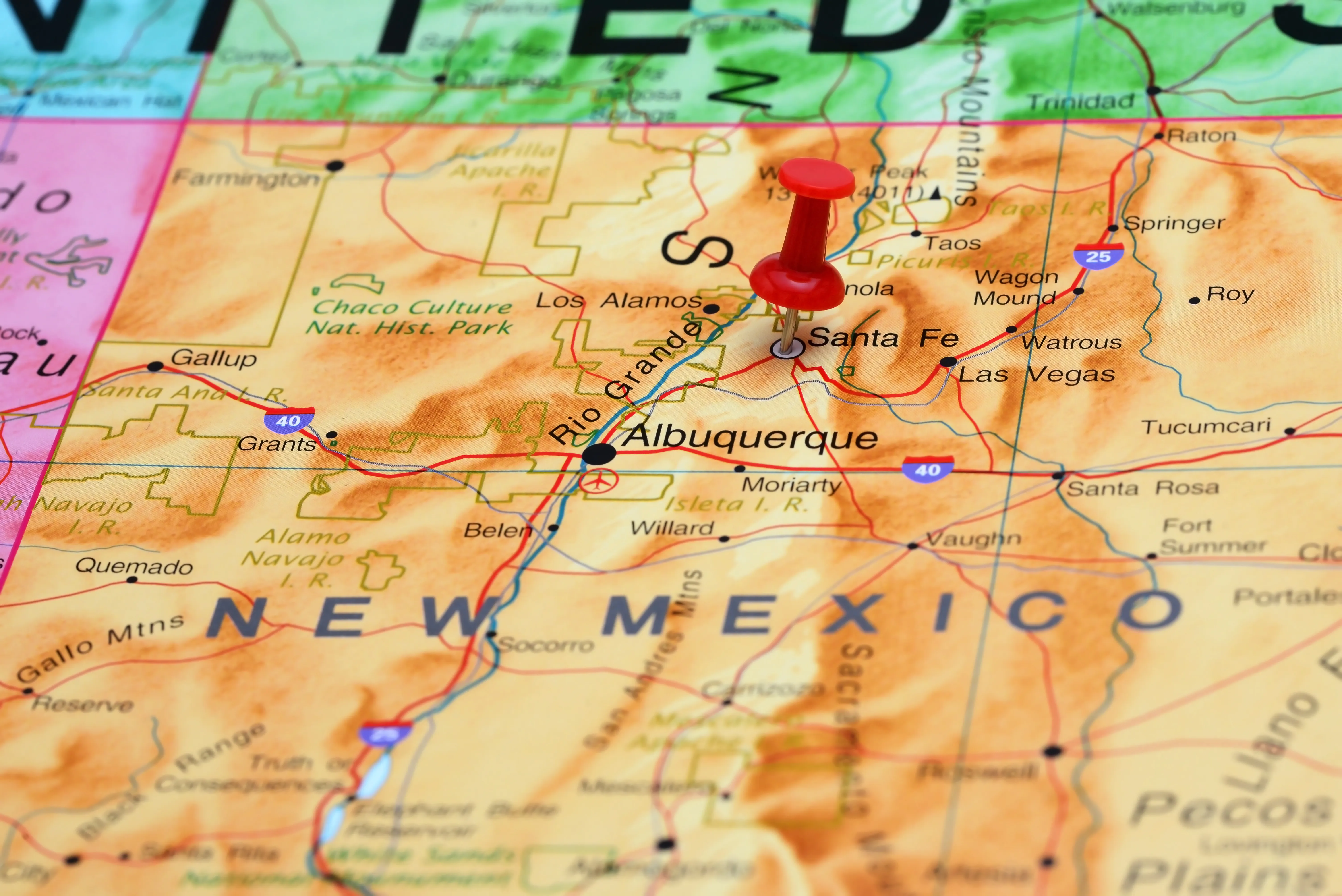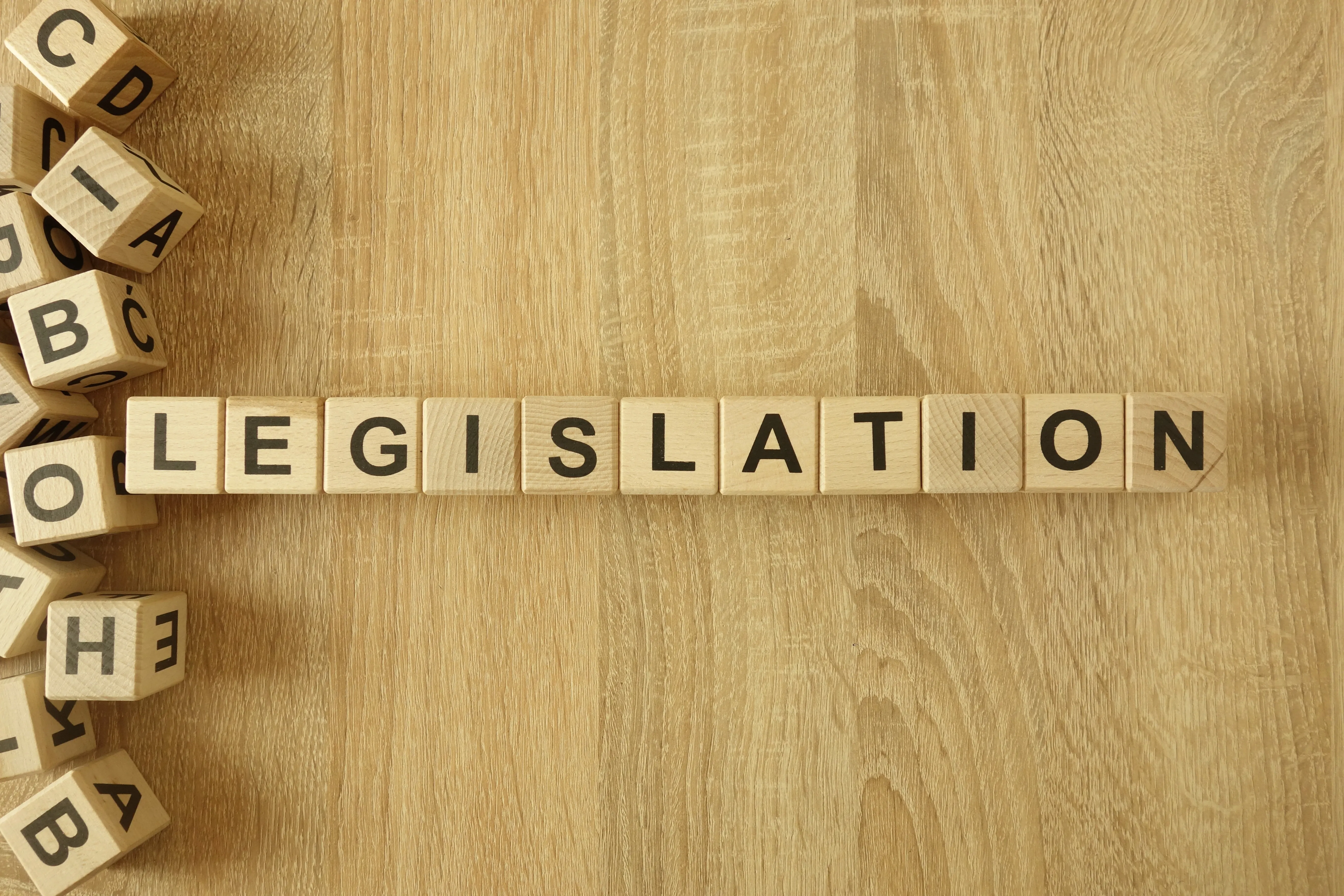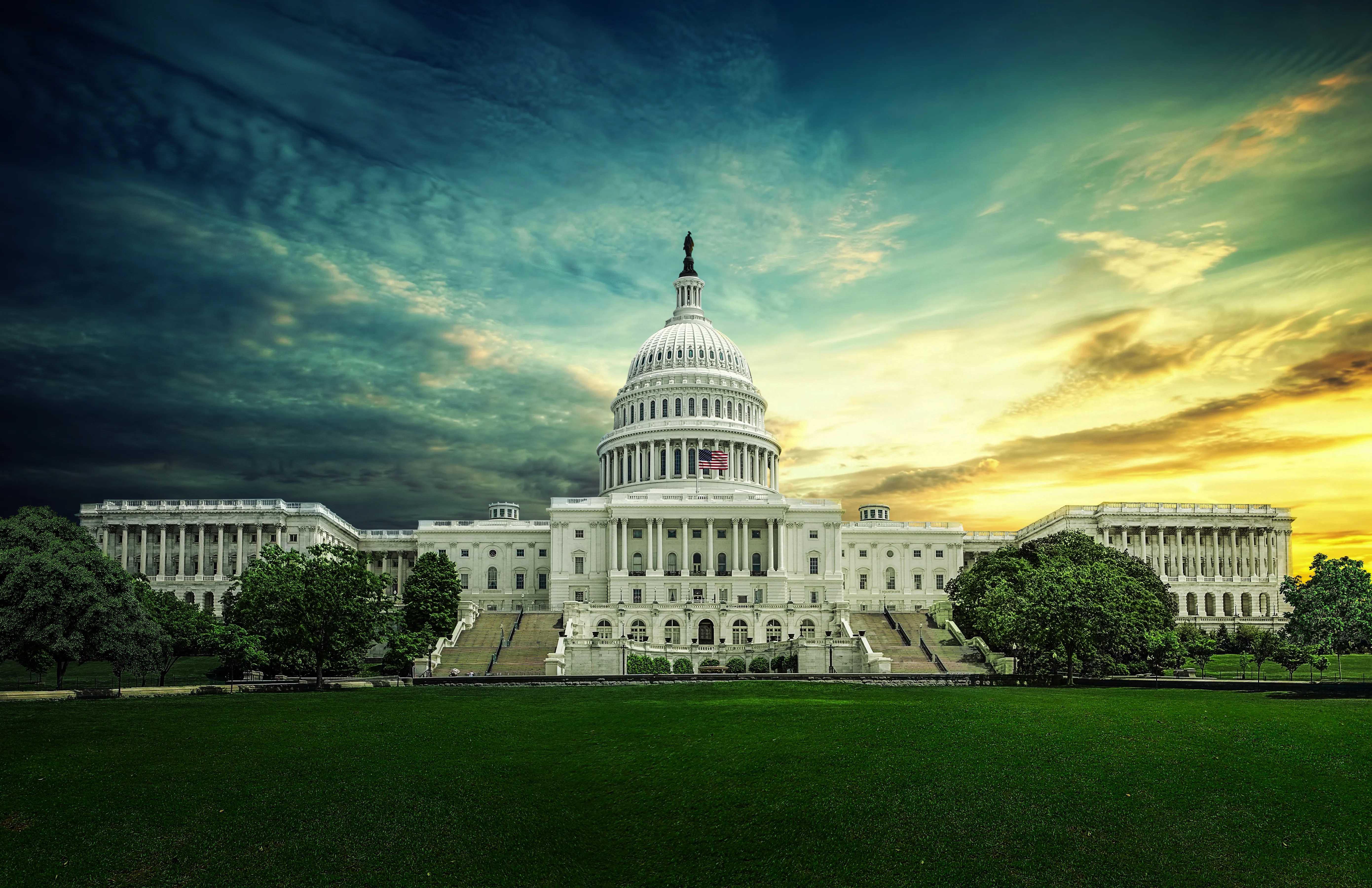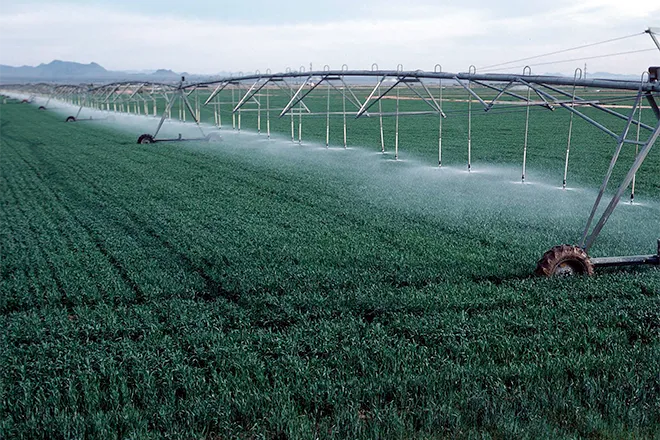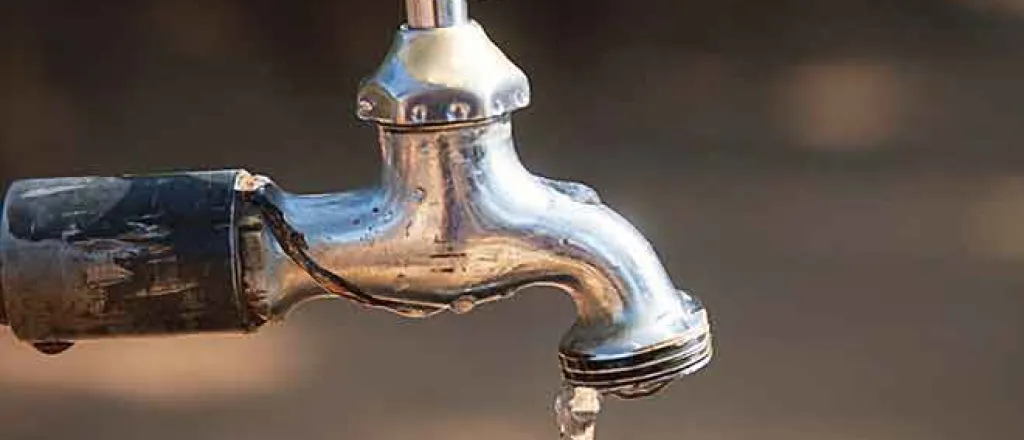
Once obscure Arizona water bank to allocate "surplus" water supplies
(Arizona News Connection) Two decades of extreme drought have put a squeeze on Arizona's water supply, but a once-obscure state agency could soon be at the forefront of keeping the taps flowing.
The Arizona Water Bank, created in 1999, keeps track of any surplus water from the state's annual allotment from the Colorado River. But the river water has reached critical levels this year, triggering mandatory restrictions.
Virginia O'Connell, director of the Arizona Water Banking Authority, said the agency, for the first time, could be deciding how to get the "banked" water to where it's needed, while making sure the supplies last.
"So, this is a first for us," she said. "We'll be distributing credits for that purpose, or that entitlements have even been shorted. We're all working together to make sure that we're prepared, and we're ready to go when there is a shortage."
Arizona normally receives 2.8 million acre-feet of water per year from the Colorado River, but the restrictions will cut the state's allotment by 18 percent. O'Connell said the Water Bank currently manages about 3.75 million acre-feet of water credits.
She said most of the banked water is kept in storage by a group of utilities and other entities that have credits in the bank's watery "vault."
"Basically, it's an accounting system to keep track of how much water is stored, because that actually gives you ownership of that water," she said, "and then you can recover those credits in the future when you need that water."
In the 1990s, O'Connell said, state officials became concerned that unused portions of Arizona's water allotment could be claimed by other states. So, they set up the Water Bank to preserve any surplus for use during droughts and other shortages.
"Their task was to store all of the unused portion of Colorado River water in Arizona, and that water would be made available in the future when there are times of shortage," she said. "And that's kind of where we are now."
Under the current agreement, the U.S. Bureau of Reclamation will annually assess the available water supply. O'Connell said the Water Bank will use that data to determine how much water can be released and who will get it.


